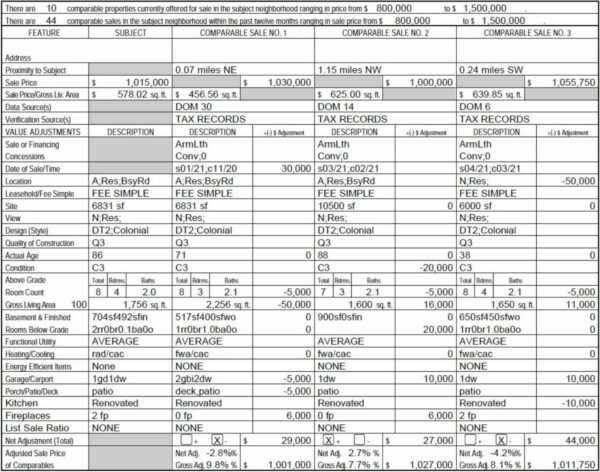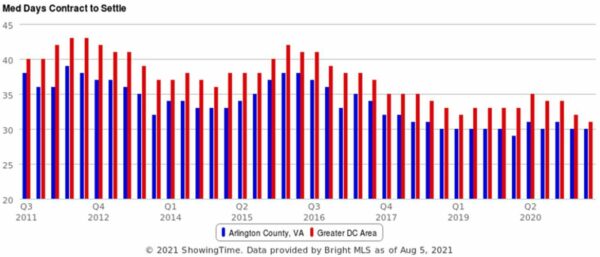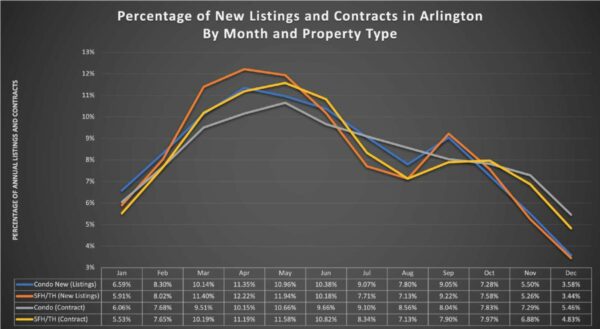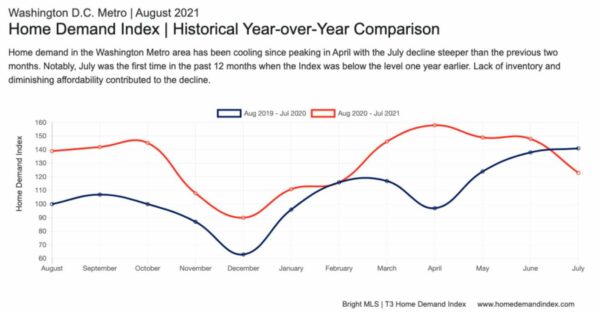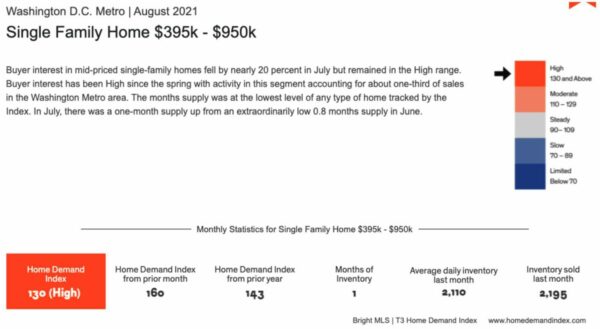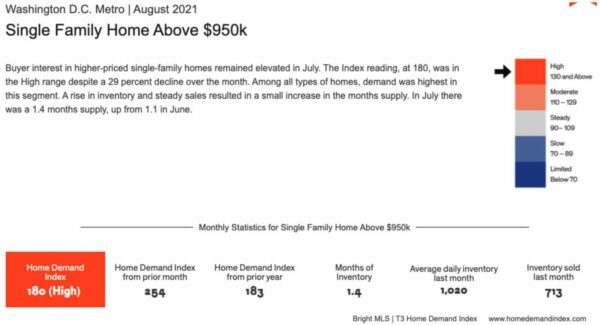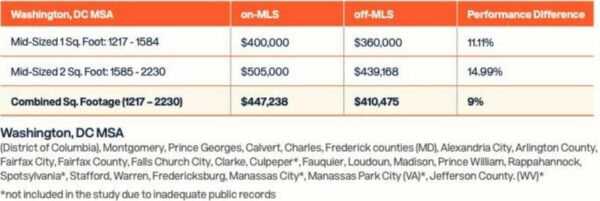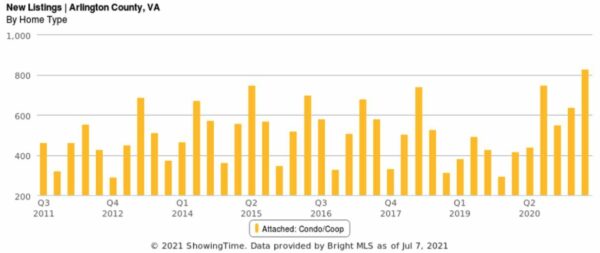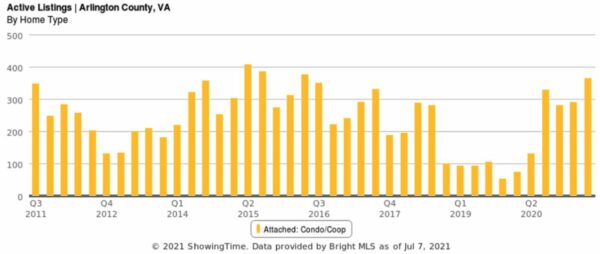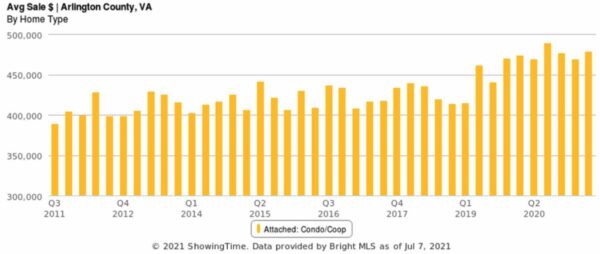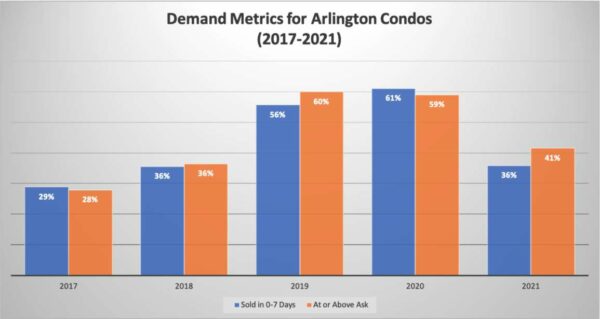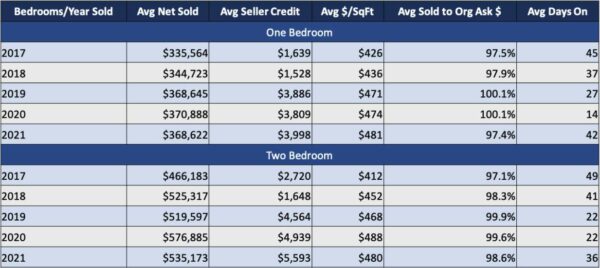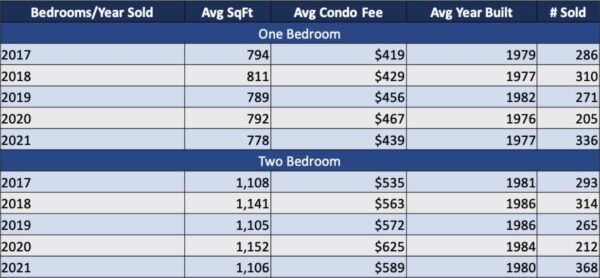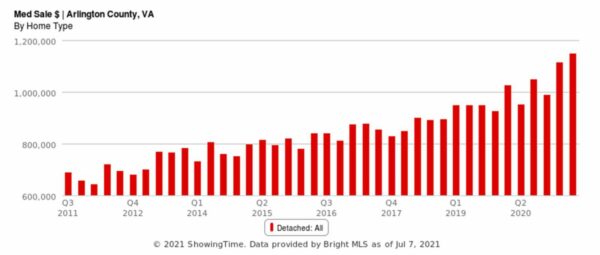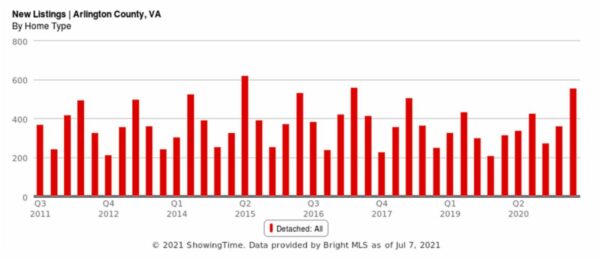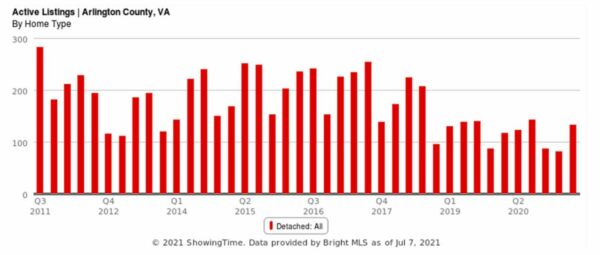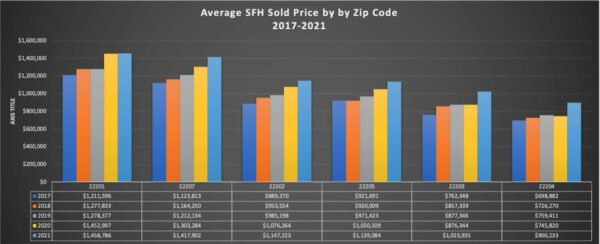This regularly scheduled sponsored Q&A column is written by Eli Tucker, Arlington-based Realtor and Arlington resident. Please submit your questions to him via email for response in future columns. Video summaries of some articles can be found on YouTube on the Ask Eli, Live With Jean playlist. Enjoy!
Question: Can you explain the basics of the appraisal process?
Answer: I sat down with one of the best local lenders, Jake Ryon at First Home Mortgage ([email protected]) and came up with a list of some of the most common questions we hear about appraisals, which I’ll answer below.
What is an appraisal?
An appraisal is an objective assessment of a property’s value conducted by an unbiased third party who does not have a stake in the sale of the property.
Below is an example of the core component of a recent appraisal in Arlington, the Comparable Sales Analysis. It compares objective features of the subject property (the home being assessed by the appraiser) to the same features of similar/comparable homes that have sold nearby to reach a valuation of the subject home based on the appraiser’s determination of how the difference in features change the value of the homes.
Why are appraisals done?
In most cases, the bank/lender is the primary investor in a home purchase. If you put 20% down, the bank is investing the other 80%. Appraisals are done to ensure that banks are making responsible investments in homes they otherwise know very little about and to make sure they do not lose substantially if you, the borrower, default on the loan and the bank is forced to take over (and sell it).
In short, the bank conducts an appraisal to make sure they agree with the value (aka the agreed upon sale price) you’ve placed on the home.
Who does the appraisal?
Anybody can hire a licensed appraisal to provide an opinion on a property’s value, but most appraisals are done through a bank/lender. Lenders have a pool of independent, licensed appraisers or appraisal companies that receive a notice when an appraisal is needed for a loan and an appraiser from the lender’s pool claims the job.
The selection of the appraiser is designed to be a blind selection process to maintain independence and objectivity so that lenders can’t handpick the appraiser they want and potentially influence the results.
Is an appraisal required? What is an appraisal waiver?
Most lenders require an appraisal to approve a loan, but in some cases, an “appraisal waiver” is issued if Fannie Mae/Freddie Mac determine that they do not need the additional assessment of an appraiser because the sale price falls within an acceptable range based on sales history and reliability of comparable sales.
Waivers may also be given if the borrower has a high enough down payment that enough of the risk of overpaying for a property is being absorbed by the buyer.
How long does an appraisal usually take?
When appraisers are not overwhelmed with orders and a lender submits a rush order right away, I’ve seen appraisals completed in as little as a few days. However, in most cases, appraisal reports are usually completed within one to two weeks of the order being placed by the lender.
What effect does a low or high appraisal have on a property sale?
If the appraisal value comes in at or above the purchase price, the bank is happy and the loan proceeds along the approval process. If the appraisal value is below the sale price, the bank will require the sale price to be reduced to the appraisal value or that the buyer put more money down to satisfy the loan-to-value ratio.
In most cases, the amount of additional money a buyer needs to put down is equal to the percentage the bank is contributing to the purchase (e.g. 80% if you’re making a 20% down payment or 95% if you’re making a 5% down payment) multiplied by the difference between the contract’s sale price and the appraisal value. However, this additional contribution can vary or may not be needed depending on your down payment amount, type of loan and other details of your loan arrangement.
What happens if we disagree with the value or it comes in low?



